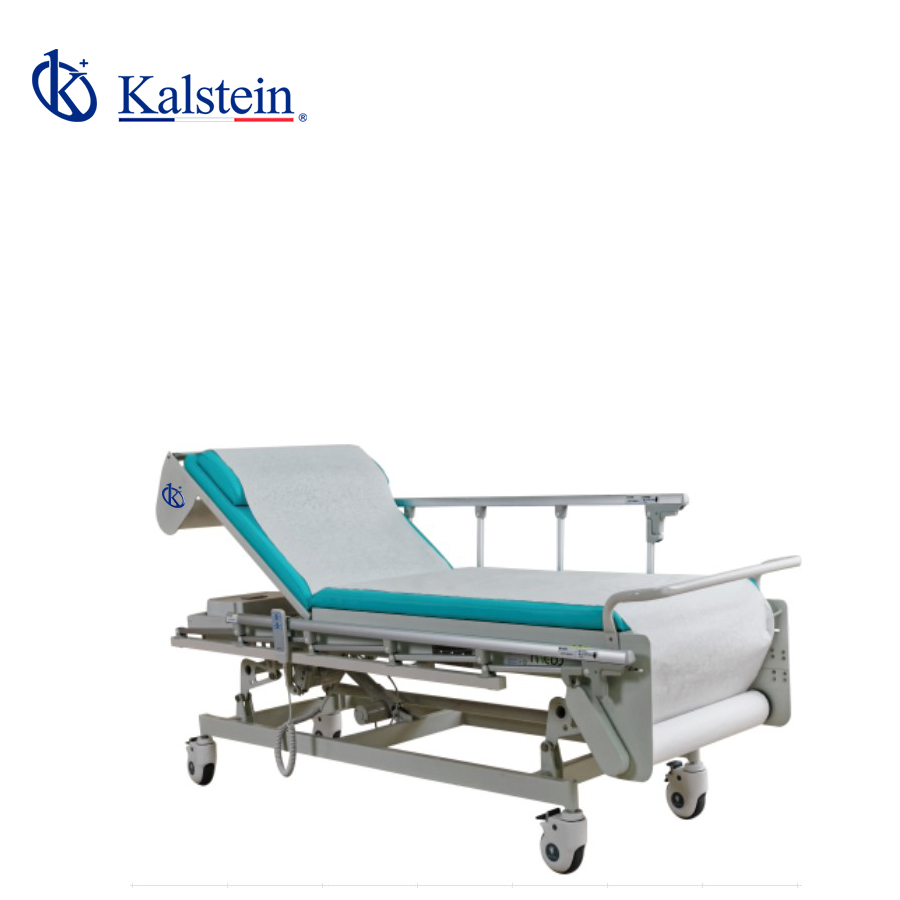In the era of modern medicine, technology has advanced by leaps and bounds in all aspects of healthcare. One of the most critical elements of current medical care is hospital beds with advanced technology. These not only provide comfort to patients but also significantly impact their recovery.
The manufacturer Kalstein, recognized for its innovation and quality in laboratory and hospital equipment, has developed a range of hospital beds that stand out in the market. This scientific article analyzes the features and advantages of these beds, as well as their impact on the patient’s recovery process.
Key Features of Advanced Hospital Beds
Hospital beds have significantly evolved, integrating technologies that benefit both the patient and the medical staff. One of the main features of the advanced hospital beds from manufacturer Kalstein is their ability to adjust to multiple positions. This facilitates patient comfort and allows healthcare staff to perform treatments and procedures more effectively. Additionally, these beds are equipped with sensors that monitor vital signs and alert to any irregularities, offering continuous monitoring without constant intervention from medical staff.
Another essential feature is the inclusion of pressure ulcer prevention systems. These beds have special mattresses that distribute the patient’s weight evenly, reducing pressure on critical points. These mattresses are often made of advanced materials like memory foam or have alternating air systems that automatically adjust firmness. This not only improves patient comfort but also prevents additional complications during hospital stays.
Benefits of Technological Hospital Beds in Patient Recovery
The ergonomic design and technological capabilities of modern hospital beds have a direct impact on patient recovery. For example, Kalstein’s hospital beds are designed to allow for improved mobility, which is crucial for patients who need to change positions frequently or who are undergoing rehabilitation processes. The easy and precise adjustment of height and tilt helps facilitate transfers to wheelchairs or perform specific physical exercises.
These beds also improve hygiene and infection control. Their non-porous materials and modular design make them easy to clean and disinfect, reducing the risk of nosocomial infections. This is particularly important in hospital settings where the presence of resistant pathogens is a constant concern. In addition, integrating technologies like LED lighting improves visibility in emergency situations or during nighttime care, thereby reducing accidents and facilitating the work of healthcare staff.
Factors to Consider in the Purchase and Sale of Hospital Beds
When considering the purchase of advanced hospital beds, there are several factors that healthcare institutions must take into account. Price is undoubtedly an important consideration. Although Kalstein’s advanced hospital beds are more expensive than conventional hospital beds, they represent a long-term investment due to their durability and the benefits they bring to patient recovery. When evaluating price, it is crucial to consider the total cost of ownership, including maintenance and potential technological upgrades.
Besides the price, the availability of technical support and the manufacturer’s warranty is crucial. Known for its commitment to quality and customer satisfaction, Kalstein offers support and maintenance services that ensure the continuous functionality of its hospital beds. When considering the sale of these beds, providers must highlight these aspects along with the advanced features and health benefits they provide to patients.

